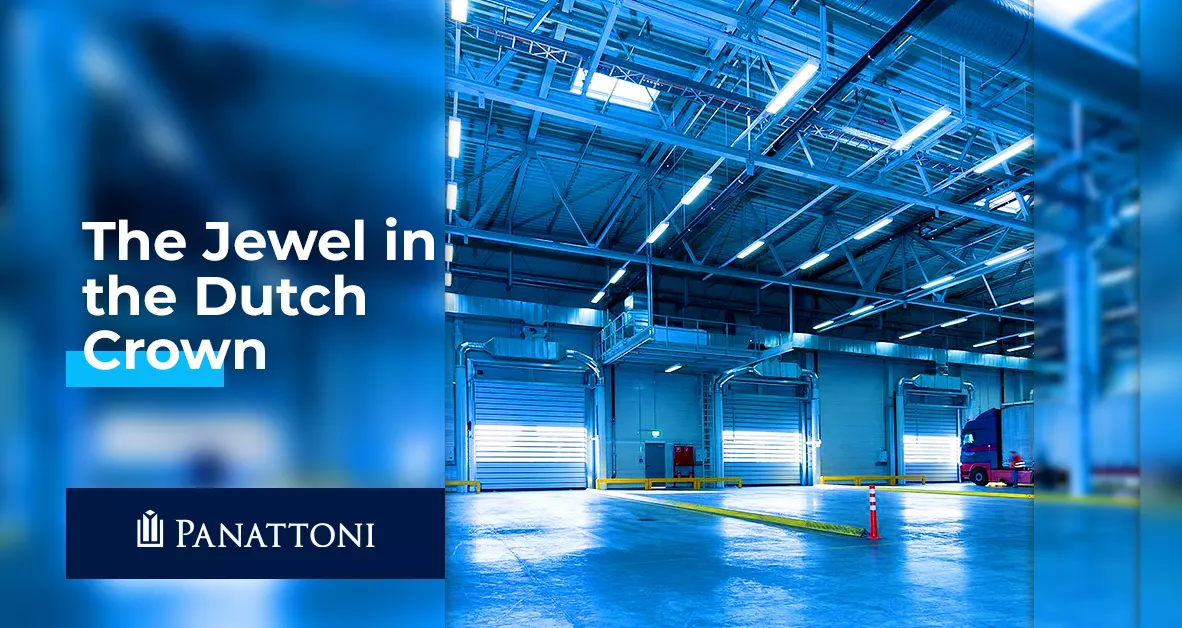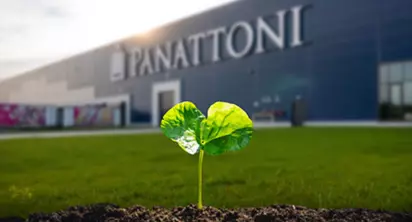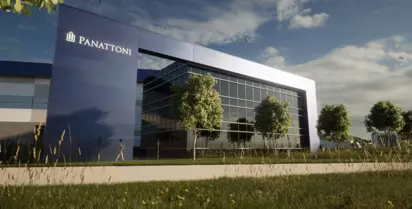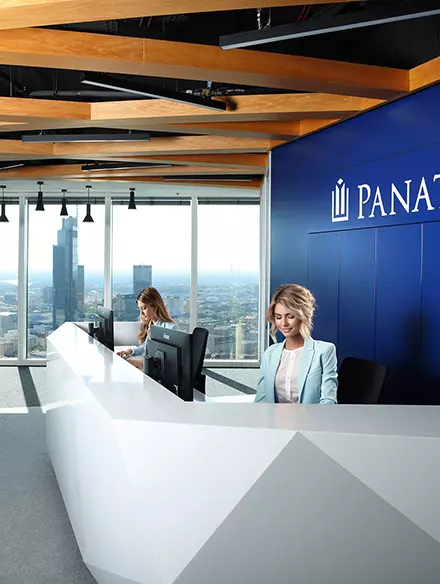
The Dutch warehousing and logistics market is undergoing one of its busiest ever periods, as The Netherlands cements itself as Europe's leading warehousing and logistics hub.
The Netherlands Foreign Investment Agency has a list of more than 500 global firms considering investing in the Netherlands – half of which are UK companies. The other half are from places such as the US and Asia, who want a foothold in the EU.
The high demand for warehousing from UK companies is in main due to Brexit - in port delays, extra freight costs, new VAT and customs fees.
With businesses attracted to The Netherlands because of its transport connections with the rest of Europe, it is hard to see why it won't remain a hotspot for global companies seeking to store and distribute their goods across the continent.
It is clear that industrial and logistics assets remain a strong and long-term choice for investors.
"A growing number of investors are purchasing new warehouses or building themselves. The latter approach can be achieved at a decent cost, and investors can let the units out on a 10-year lease without a break clause. Investors have been quick to capitalise on what some consider a relatively low-risk opportunity,” says Roland Verniers, Partner, Hollis Amsterdam.
With warehouse and industrial portfolios under management in the Netherlands, we spoke to Nuveen, DHS REIM Investment Management, and Panattoni about their strategies for investment in the sector.
For the Amsterdam based real estate investment manager, DHS REIM, the focus continues to be on its relationships with stakeholders and growing its assets under management. The firm has set a target of 350 mio euros by the end of 2021.
"The Netherlands is still in lockdown and this continues to drive online consumer spending - a trend that is expected to remain after lockdown eases. Online spending has a positive effect on logistics real estate, on the occupier, and on the investment side," says Rene de Heus, Managing Director, DHS REIM.
Nuveen's European logistics strategies have traditionally focused on core assets that it believes are best positioned for growth in the long-term, and are typically located close to densely populated areas with good access to the major ports and road links of Europe.
The real estate investment manager has nearly €450 million of industrial assets in the Netherlands under management, and the company is currently exploring further opportunities in the region with the aim of surpassing €1 billion in Dutch logistics AUM over the next two years. Existing investments include assets in Zaltbommel, Venlo, Apeldoorn and Berkel en Rodenrijs.
"Our focus continues to be on further growth into the core logistics locations in the Netherlands, with a focus on core assets. We are looking more so at cold-storage and pharmaceutical distribution hubs to align with occupier demand, and are considering more value-add orientated mandates, so we can be more flexible in order to consider higher-risk opportunities when priced accordingly," says Daan van der Veen at Nuveen.
Real estate developer Panattoni, which launched in the Netherlands in 2020 and has acquired 220.000 m2 of project space, isaiming to achieve more in 2021. The developer has found that e-commerce has put a new layer of supply chain characteristics on top of the traditional blue banana.
"We are shifting more to brownfield redevelopment which requires a certain skill and mindset, something we love. We are looking for opportunities with good accessibility both by land and water, and locations with accessibility to the labour force. We are seeking growth through the acquisition of land or existing sites to redevelop; this will allow us to accommodate more speculative developments and build to suit," says Jeroen Gerritsen, Managing Director, Panattoni Netherlands.
Hollis is working with a number of clients across the Netherlands who are mixing asset types and combining industrial developments with residential. This approach is an attempt to diversify the product and encourage wider use, making the most of the asset. However, Hollis anticipates that the opportunities lie in combining leisure and storage, rather than residential and storage solutions.
But what do investors need to be mindful of when investing in this sector in The Netherlands?
"Most important is the underlying occupier market and the configuration of the building. Is the demand for space sustainable in the long term, and what is the alternative use of the vacated building, says de Heus.
“The lease structure in the Netherlands should also be taken into account. Not having the right lease in place will lead to significant non-recoverable costs, and will have a dilutive effect on the investors returns. Last but not least, the RETT increased from 6 to 8 percent from 1 January 2021 for existing buildings.”
Sustainability and ESG are higher on the agenda for investors and occupiers today, and the way warehousing and logistics hubs are built is changing. Reusing and recycling materials, health and wellbeing improvements, and utilising technology to monitor energy usage, are just some of the ways that buildings are becoming greener and cleaner.
“Our buildings meet the BREEAM Very Good requirements and we try to go further where we can. We invest in additional electrical capacity to accommodate more vehicle charging in the future and to prepare our roofs for solar panels. And when we do brownfields, we clean things up, re-use materials and provide a full new lifecycle,” says Gerritsen.
There will be more pressure from the government to meet carbon targets, and the built environment has a massive role to play in decreasing carbon usage, considering it is the largest producer of it.
"For investors, being ahead of this will be crucial for protecting and potentially increasing values. Investing in sustainable assets or implementing sustainability technologies at existing properties sooner rather than later, will help to avoid potential obsolescence risks in the future”, says van der Veen.
Sustainability is very important to all three real estate companies and will continue to form a key part of their business strategy going forward.
"It is our conviction that our responsibility as manager is to understand the environmental, social and economic impacts and their value potential to our investments. Also, we are keen to reduce the energy waste consumption per property - of course this can only be done in close consultation with the tenants," says de Heus.
Hollis is urging potential investors to look to sustainability for the next steps. Energy consumption and building operations usually represent 20-30 percent of building costs, making energy a significant value changer and bad for the environment. Much of the energy waste can be reduced or even eliminated with affordable technology. Businesses should look to reduce energy output to increase capital gains.
The future is certainly bright for the warehouse and logistics market in the Netherlands, as it is expected to continue to deliver good returns for investors. The marketplace can expect to see an increase in developers and investors requiring consultancy on ESG and sustainability strategies, a rise in mixed-use developments, and project management across a range of new schemes in upcoming locations close to ports and major towns.












